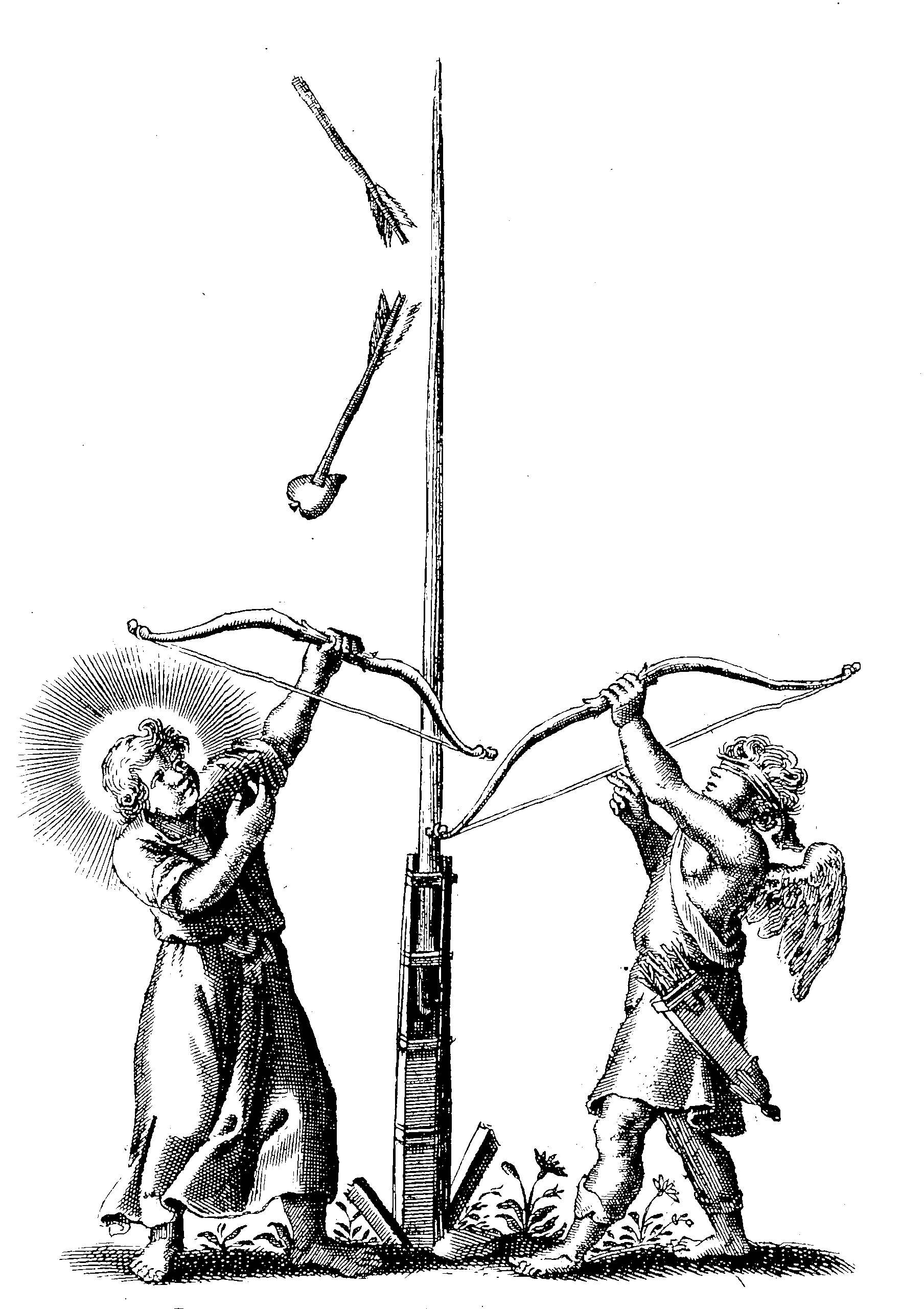Causal inference under feedback
September 18, 2020 — October 24, 2023
Causality for feedback and continuous fields
There is a fun body of work by what is in my mind the Central European causality-ML think tank. There is some high connectivity between various interesting people: Bernhard Schölkopf, Jonas Peters, Joris Mooij, Stephan Bongers and Dominik Janzing etc. I would love to understand everything that is going on with their outputs, particularly as regards causality in feedback and control systems. Perhaps I should start with the book (Peters, Janzing, and Schölkopf 2017) (Free PDF), or the chatty casual introduction (Schölkopf 2022).
For a good explanation of what they are about by example, see Bernhard Schölkopf: Causality and Exoplanets.
I am particularly curious about their work in causality in continuous fields (Bongers et al. 2020, 2016; Bongers and Mooij 2018; Rubenstein et al. 2018).
A feedback loop can destroy correlation: This idea comes up in many places.:
Some people have noted that not only does correlation not imply causality, no correlation also doesn’t imply no causality. Two variables can be causally linked without having an observable correlation. Two examples of people noting this previously are Nick Rowe offering the example of Milton Friedman’s thermostat and Scott Cunningham’s Do Not Confuse Correlation with Causality chapter in Causal Inference: The Mixtape.
We realized that this should be true for any control system or negative feedback loop. As long as the control of a variable is sufficiently effective, that variable won’t be correlated with the variables causally prior to it. We wrote a short blog post exploring this idea if you want to take a closer look. It appears to us that in any sufficiently effective control system, causally linked variables won’t be correlated. This puts some limitations on using correlational techniques to study anything that involves control systems, like the economy, or the human body. The stronger version of this observation, that the only case where causally linked variables aren’t correlated is when they are linked together as part of a control system, may also be true.
Our question for you is, has anyone else made this observation? Is it recognized within statistics? (Maybe this is all implied by Peston’s 1972 “The Correlation between Targets and Instruments”? But that paper seems totally focused on economics and has only 14 citations. And the two examples we give above are both economists.) If not, is it worth trying to give this some kind of formal treatment or taking other steps to bring this to people’s attention, and if so, what would those steps look like?
